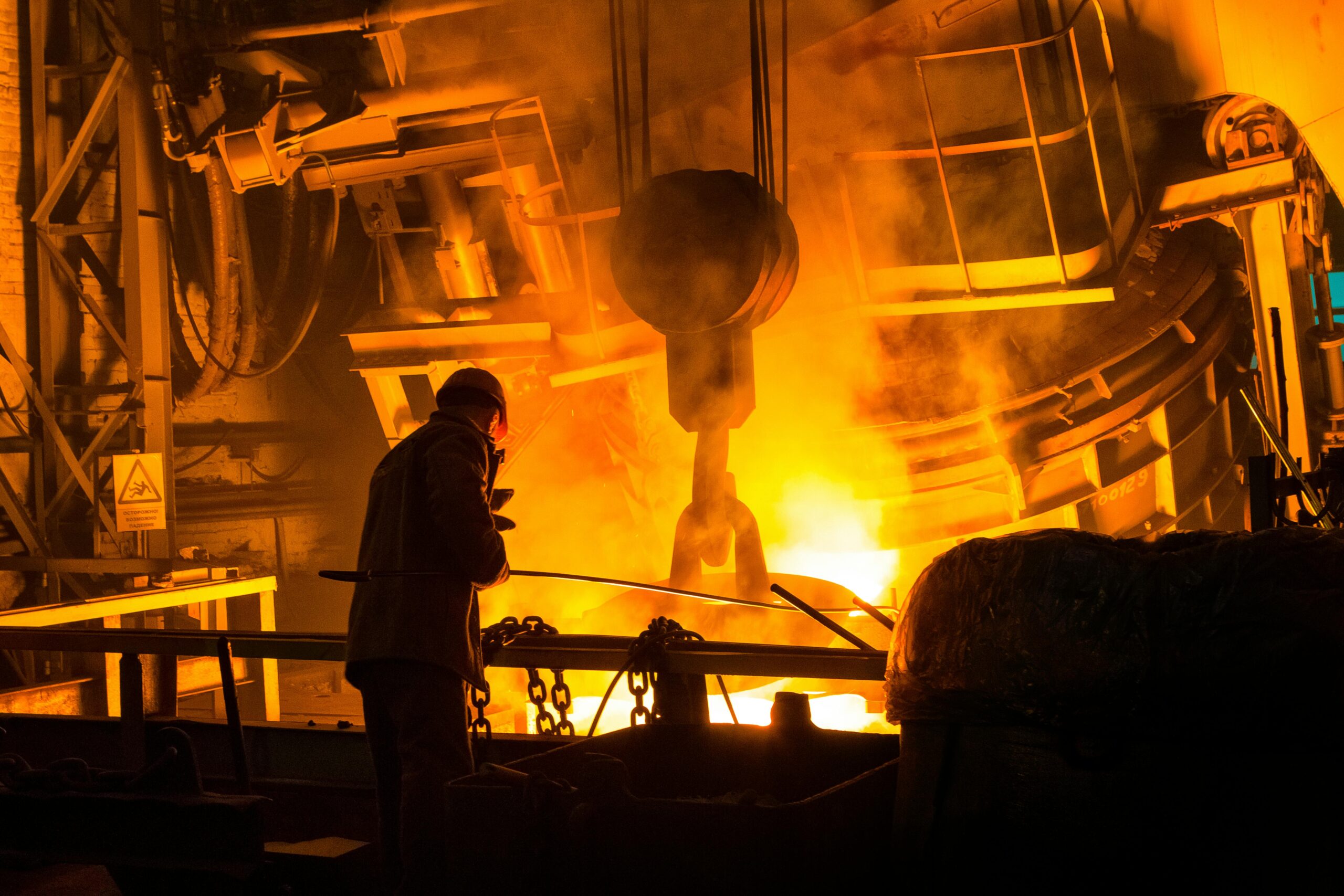Call or Text
801-438-4793UV Water Purification: Is It Better than Other Methods?
October 17, 2014
There are a wide array of ways to treat water. Purification can involve everything from reverse osmosis to hand pump filtering. One method of large and small scale water treatment is through ultraviolet light. Ultraviolet germicidal irradiation, or UVGI, is a method of disinfection that uses short wavelengths of UV light to kill microorganisms, like pathogens, viruses, and molds. This is a chemical free process of sterilizing water, though the UV light does not break down or eliminate organic or inorganic compounds or particulate matter in the water. Pre-filters, however, can be used in conjunction with the UV treatment to improve the clarity of the water for more optimal UV treatment and better taste. Here is a look at what UV purification is all about.
How UV Sterilization Works
Because of the powerful nature of UV light, utilizing it to destroy microorganisms and treat contaminated water, and even air, is highly effective. This effectiveness means that UV water sterilization can be used on a large and small scale, industrial and personal. The sterilization process involves exposing the particular environment, such as a water tank, to germicidal UV light and allowing the light to destroy and render bacteria harmless, prohibiting growth and reproduction.
This lights comes from lamps that emit UV electromagnetic radiation at a specified wavelength. The range of the wavelength is important to treating the water of bacteria but not causing bacteria to mutates, as it can at higher wavelengths. On smaller scales, such as personal water sterilization, the UV light is transmitted through low pressure mercury vapor discharge lamps that run on batteries. These can be fitted over water bottles to purify lake water, for example.
Effectiveness, Benefits & Drawbacks
The main basis of effectiveness of UV light treatment comes down to a few things: the length of time of exposure for a micro-organism, power fluctuations of the UV light source, particles protecting the microorganism from the light, and the microorganism’s ability to withstand the exposure to the light. Many large scale systems circulate the water throughout the treatment process to ensure redundancy and complete purification. The effectiveness also comes down to the directness of the exposure.
- In terms of costs and labor, UV light water purification is comparable to other methods. UV light treatment is generally quick and efficient, but this can depend on the scale. Since this method can be used for well and surface water decontamination, the costs and efficacy will vary by the size of the system and quantity of water it can support to decontaminate.
- Because UV light treatments don’t eliminate larger particles and inorganic compounds, there is a risk that microorganisms buried within these particles are shielded from the UV light and can pass through unaffected. Due to this risk, high clarity, distilled water is the ideal type of water for UV light treatments. A pre-filter is a solution for particulate heavy water since this can remove larger particles and organisms that might pass through undetected after UV treatment.
- The flow rate of the water must also be carefully monitored to ensure that all of the water receives adequate UV exposure. Too high a flow, water may remain contaminated; too low, heat can build-up and damage the lamp. For personal UV light purifiers, there is a specified time limit to allow the water to be exposed to the light before consumption–usually between 15 and 30 minutes depending on the contamination levels.
Recent News
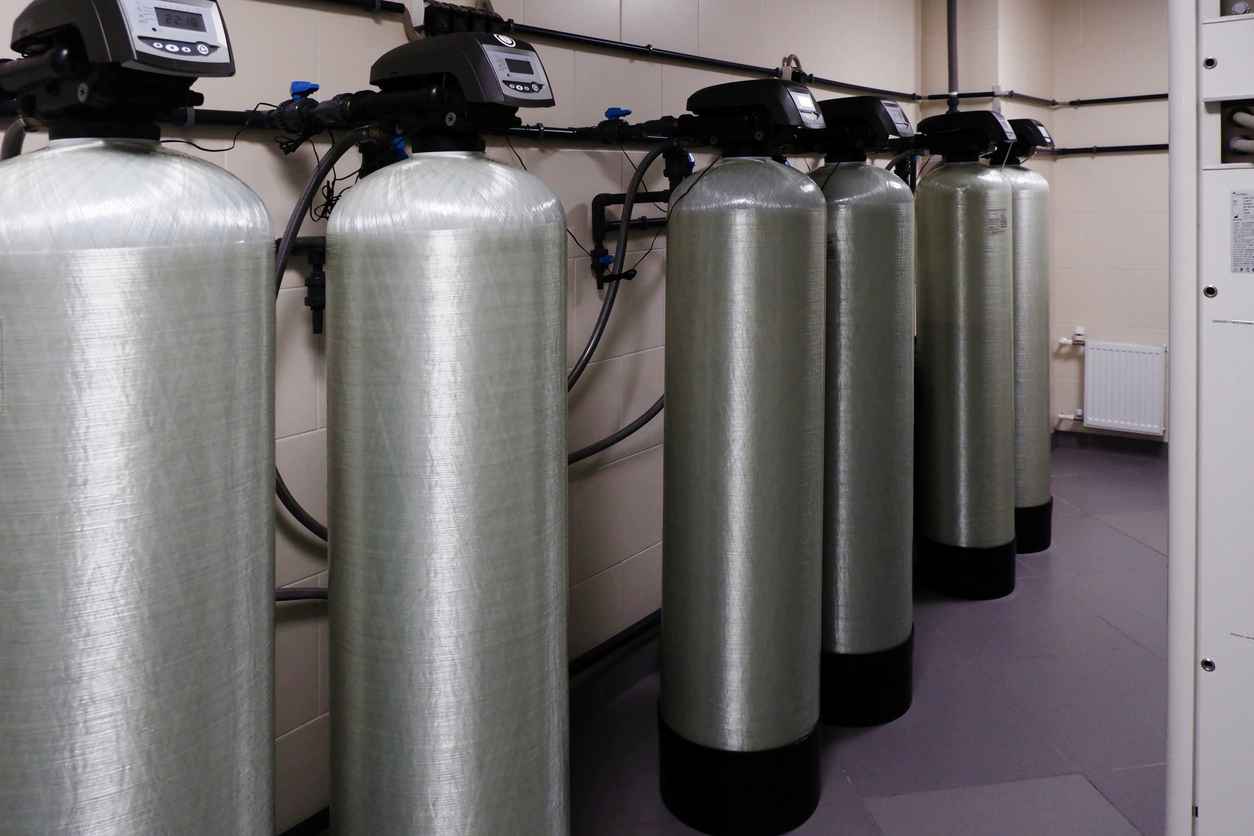
Do You Need a Water Softener? How to Tell & How You Benefit
May 29, 2025
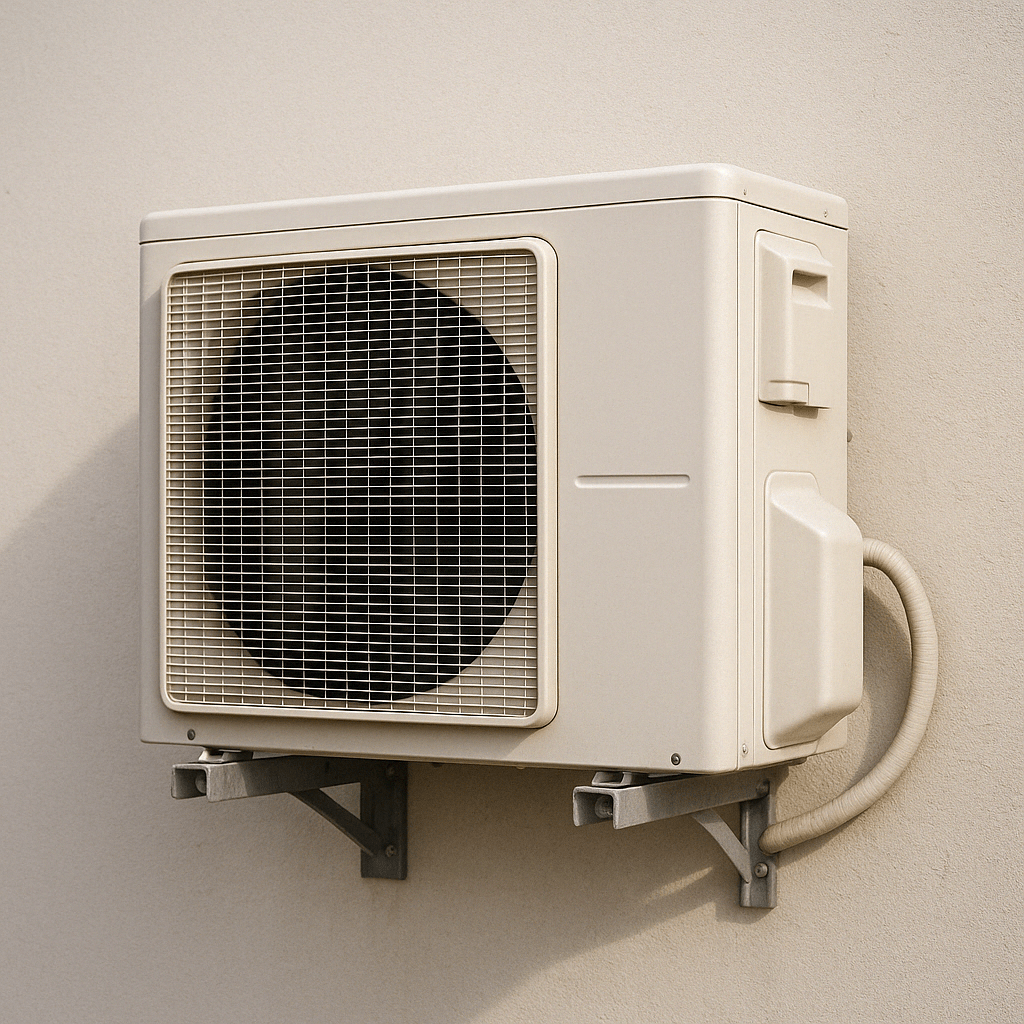
Get Your Air Conditioner Ready for the Summer with Superior Water & Air
April 21, 2025
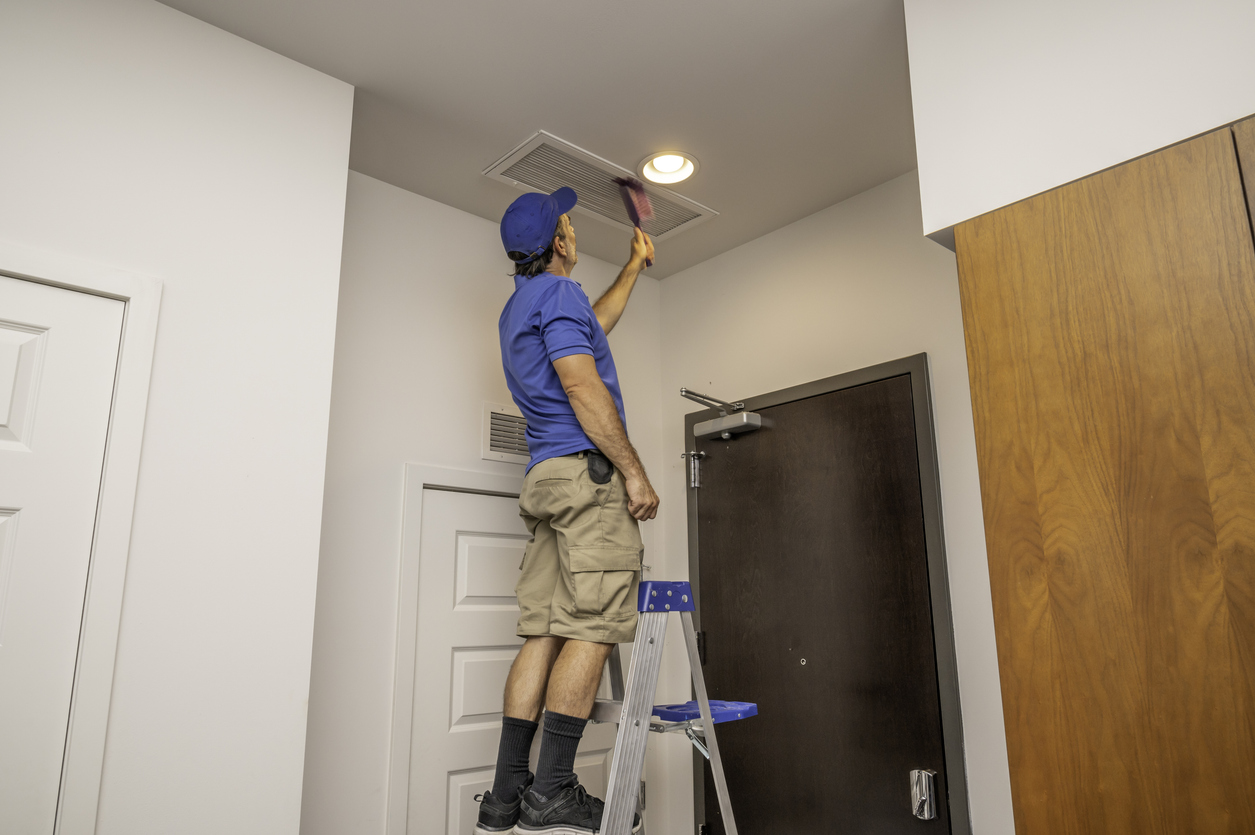
Why You Need the Air Ducts Cleaned in Your Home: Benefits & More
April 3, 2025
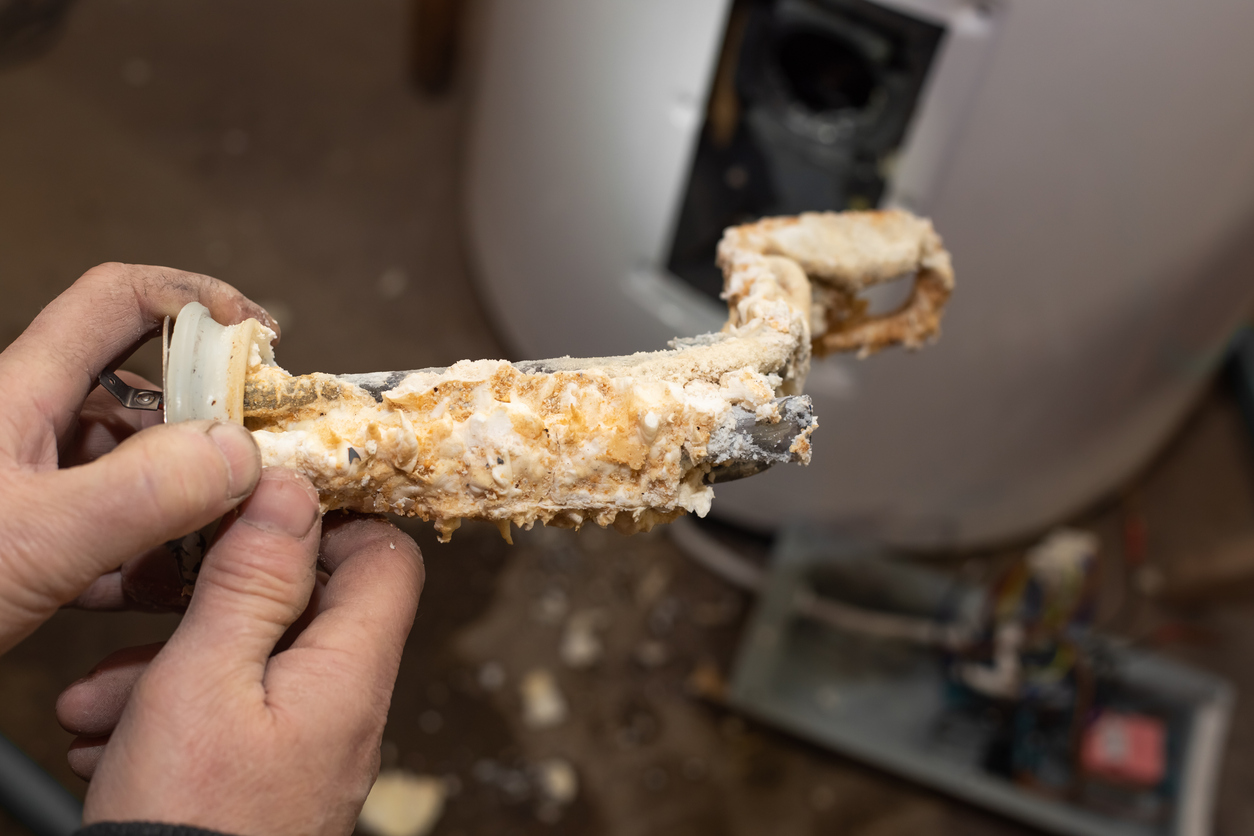
How to Determine Water Hardness & Treat Effectively
February 25, 2025
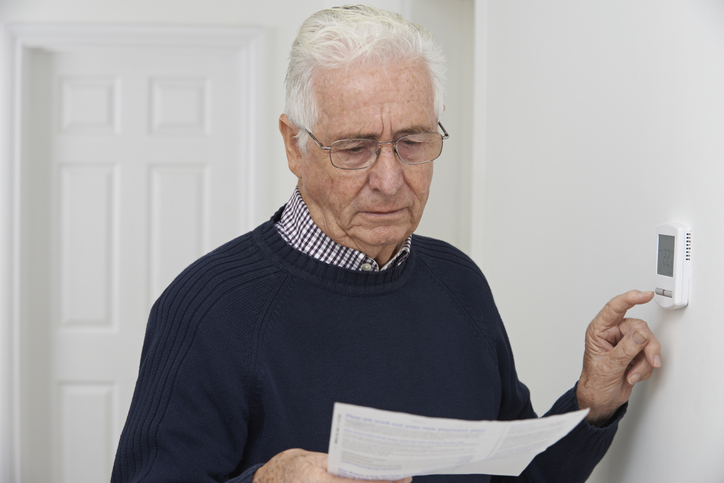
How to Save On Your Heating Bill During Winter
February 10, 2025
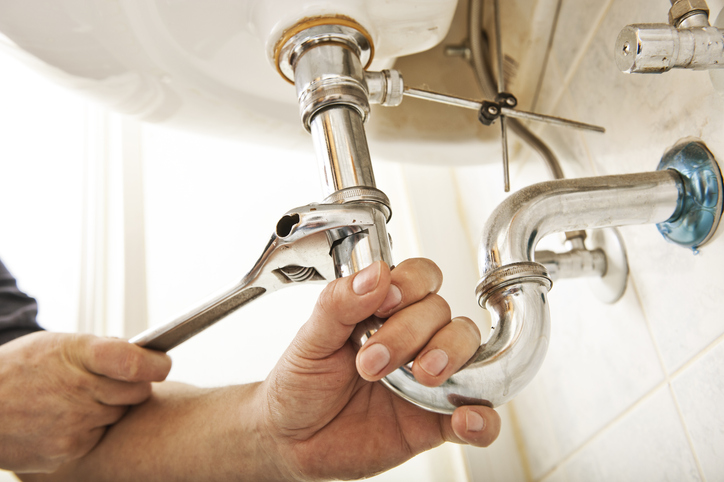
Cost Savings with Proper HVAC and Plumbing Systems in Winter
December 9, 2024
